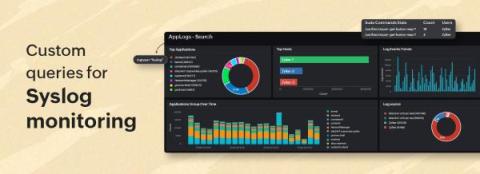Data Storage Costs Keeping You Up at Night? Meet Archived Metrics
We all have been there! Getting the largest metrics plan available, turning on real-time monitoring, and…. You know what happens next… BIG BILL! With the explosion of telemetry from microservices, containers, and cloud stacks, engineering teams often have to choose between data and budget. To help our Splunk champions, we are introducing Archive Metrics to make storing data up to ten times cheaper.











